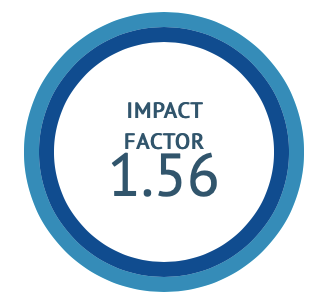Pharmacological Networking of Sarpagandha (Rauwolfia Serpenatina) in Insomnia
DOI:
https://doi.org/10.47552/ijam.v16i2.5341Keywords:
Sarpagandha, Rauwolfia serpentina, Insomnia, Anidra, Network pharmacologyAbstract
Sleep is a complex physiological process and insomnia is a growing issue of psycho-somatic nature. This condition is stated in Ayurveda as anidra and has various treatment modalities. One such single drug of choice is Sarpagandha, Rauwolfia serpentina (Linn.) Benth. ex-Kurz, indicated for such diseases. Evidence-based medicine is vital for standardization in clinical applications. Network pharmacology predicts the action mechanism of therapeutic drugs on both the interactome and diseasome levels. Objective: Understanding the activity of sarpagandha in insomnia through network pharmacology, involving respective pathways and gene targets to enhance the therapeutic efficacy. Material and Methods: In this study standard methods were used for collection and interpretation. Phytochemicals were collected from PubChem Compound Identifiers (CIDs). Associate targets extracted from Gene Cards using specific keyword "insomnia". Disease & protein targets acquired through Venny 2.0 and predicted through Digip pred & Swiss Target Prediction. Shared targets were uploaded onto STRING database to create the network. Using Cytoscape 3.7.1 network linking of phytochemicals & corresponding targets achieved. KEGG enrichment bubble plot analysis was conducted to interpret the signaling pathways associated with insomnia targets. Results: The study identified 21 Phyto-constituents, that significantly modulates 58 diverse target proteins related to insomnia, through 49 different pathways, among which 14 were highly significant. Two phytochemicals found to exhibit the highest degree of connectivity by linking to 16 targets which include various key receptors and enzymes. These findings align with the Ayurvedic concept of treating insomnia.
Downloads
Published
How to Cite
Issue
Section
License
Copyright (c) 2025 International Journal of Ayurvedic Medicine

This work is licensed under a Creative Commons Attribution-NonCommercial-ShareAlike 4.0 International License.
The author hereby transfers, assigns, or conveys all copyright ownership to the International Journal of Ayurvedic Medicine (IJAM). By this transfer, the article becomes the property of the IJAM and may not be published elsewhere without written permission from the IJAM.
This transfer of copyright also implies transfer of rights for printed, electronic, microfilm, and facsimile publication. No royalty or other monetary compensation will be received for transferring the copyright of the article to the IJAM.
The IJAM, in turn, grants each author the right to republish the article in any book for which he or she is the author or editor, without paying royalties to the IJAM, subject to the express conditions that (a) the author notify IJAM in advance in writing of this republication and (b) a credit line attributes the original publication to IJAM.




